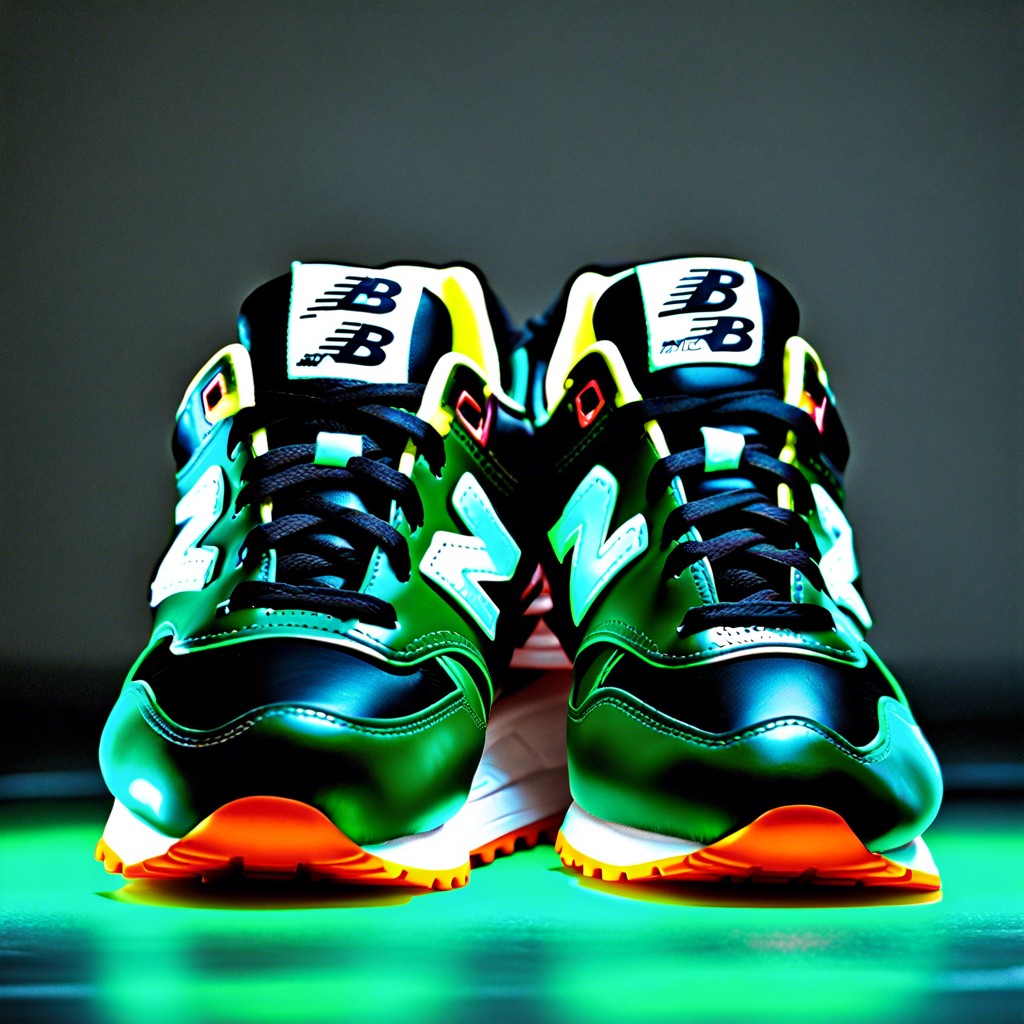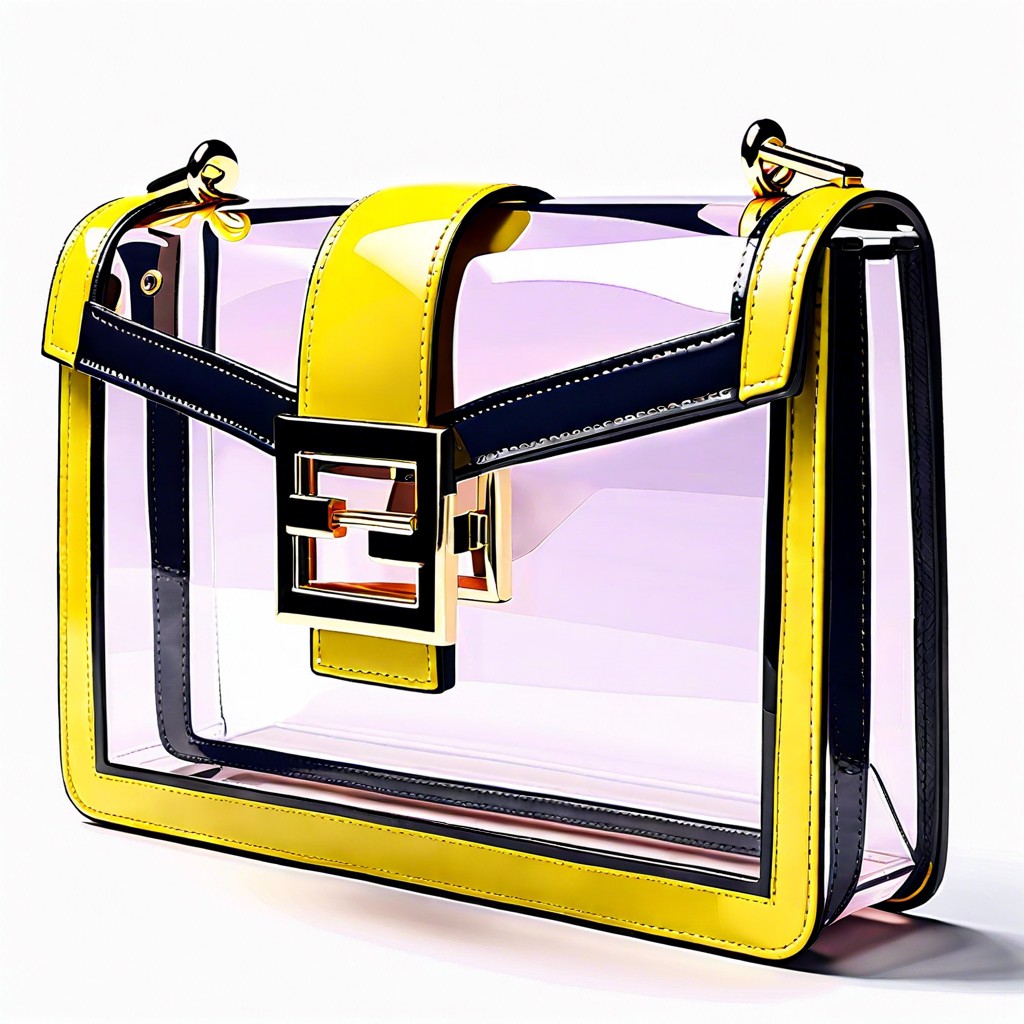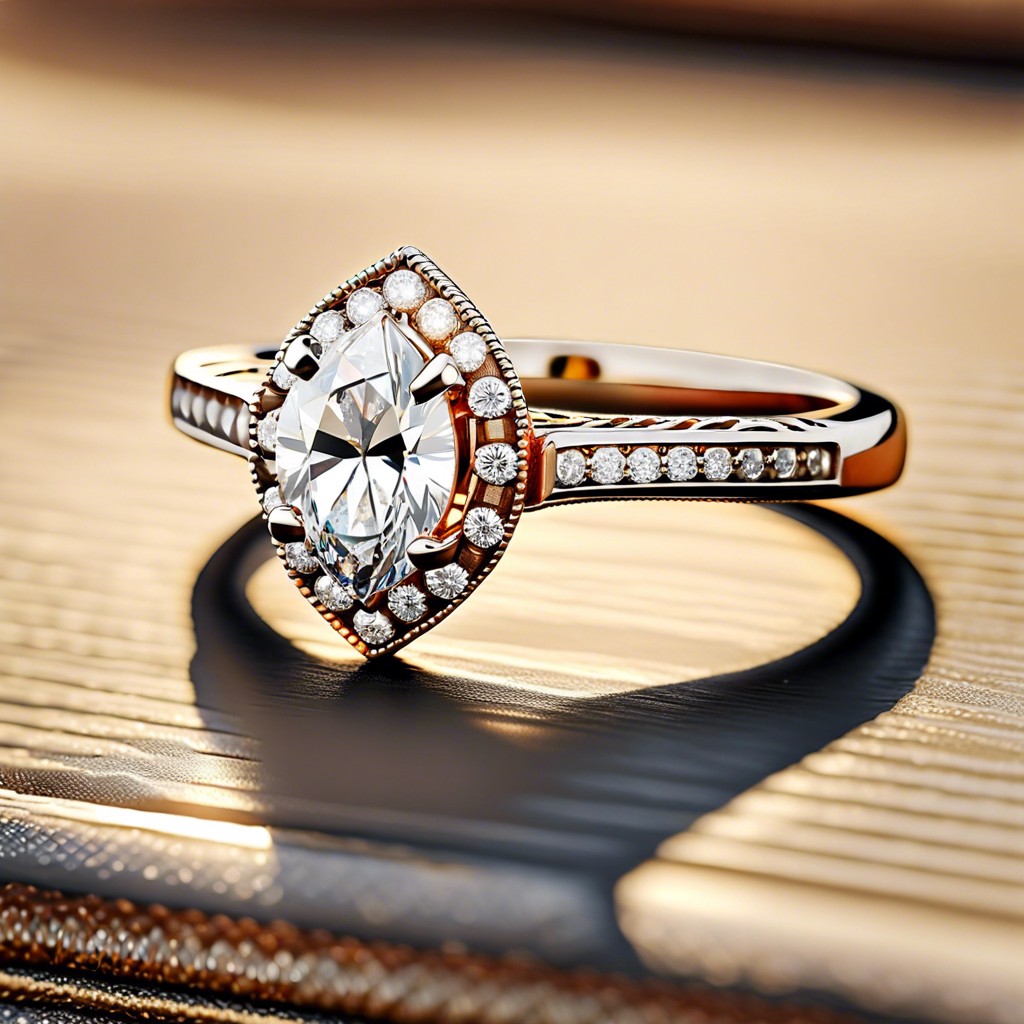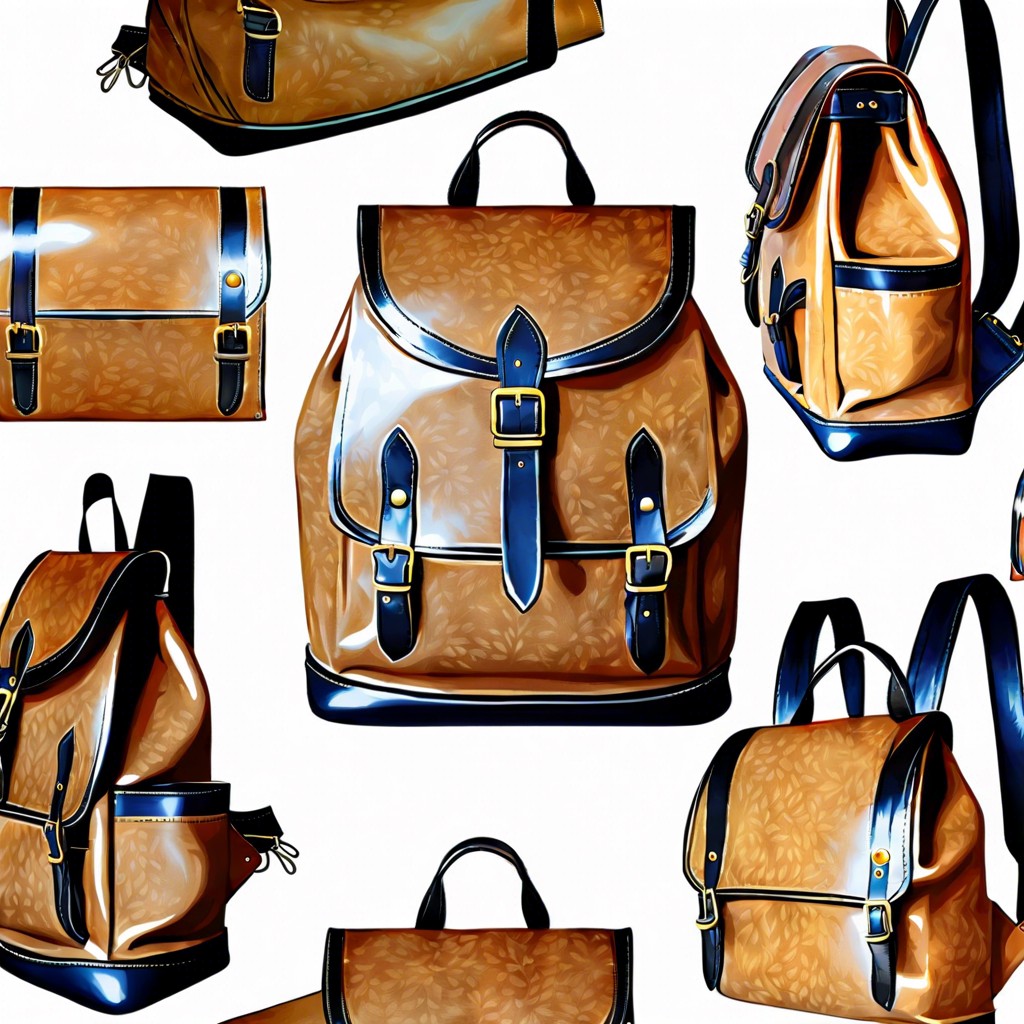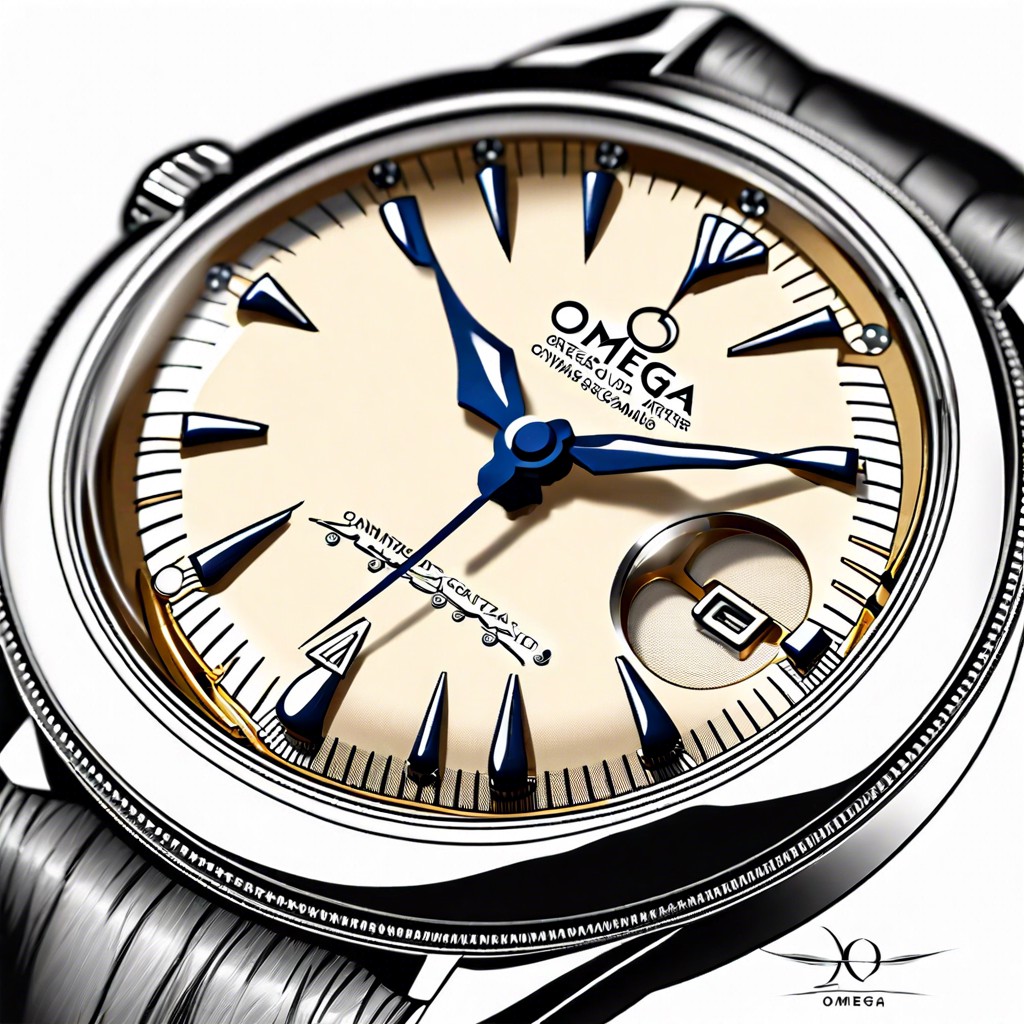Last updated on
Learn how to choose the perfect retro dress that complements your style and fits any occasion.
Key takeaways:
- Retro dresses reflect fashion trends and societal shifts of past decades.
- Understanding historical influences helps appreciate the depth of retro style.
- Each decade has iconic dress styles that represent cultural shifts.
- Pair retro dresses with modern accessories and focus on fit.
- Retro dresses can be purchased at thrift stores, specialty boutiques, and online marketplaces.
Overview of Retro Dress Styles
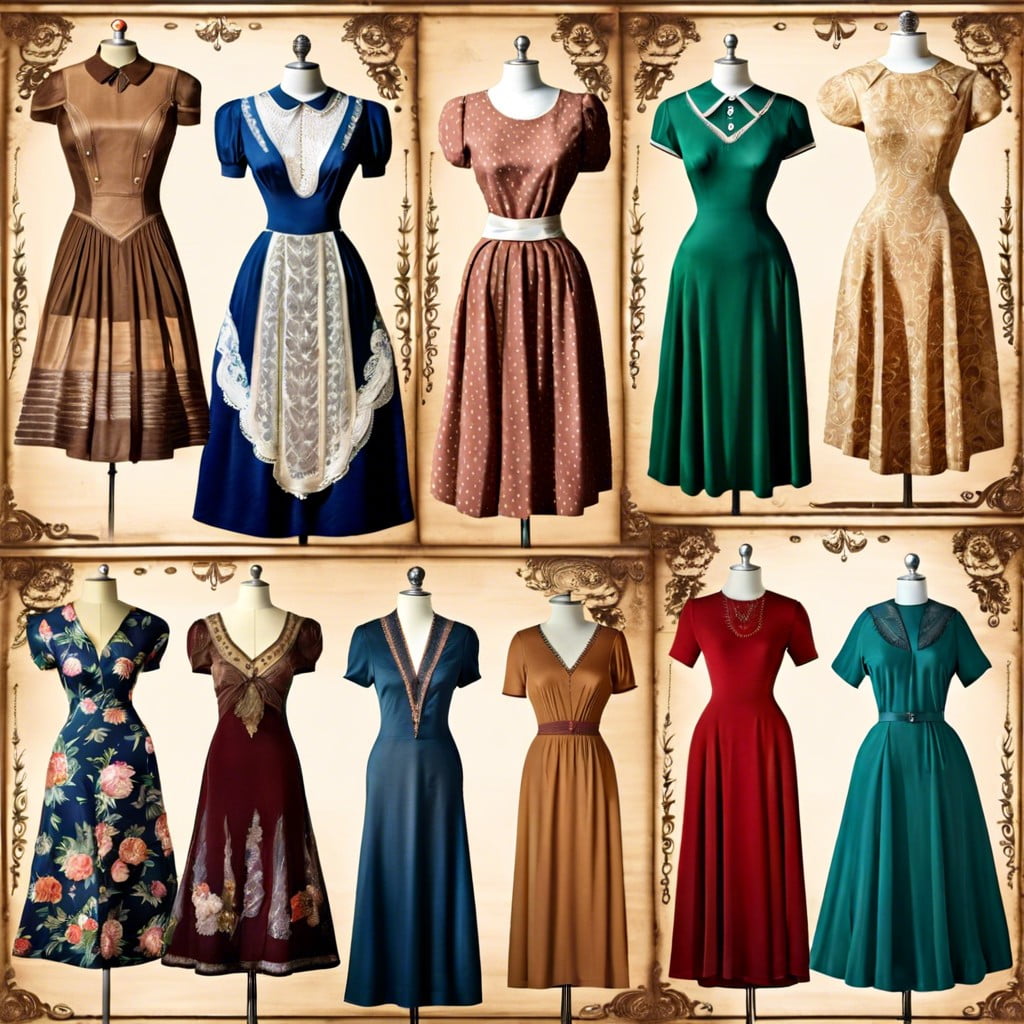
Retro dresses encapsulate a resurgence of fashion styles from past decades, each echoing the aesthetic and cultural essence of its time. From the flapper dresses of the 1920s, characterized by their dropped waists and free-flowing silhouette, to the bold, bright patterns of the 1970s maxi dresses, retro apparel offers a palette of diverse styles. These garments reflect not just fashion trends but the societal shifts of their eras, such as the post-war celebration of freedom in the 1950s, evident in the voluminous skirts and cinched waists popular at the time. The return of these styles serves as both a nostalgic ode and a fresh take to contemporary fashionistas, providing a canvas to express individuality while acknowledging the past.
Influence of Historical Periods On Retro Dress Design
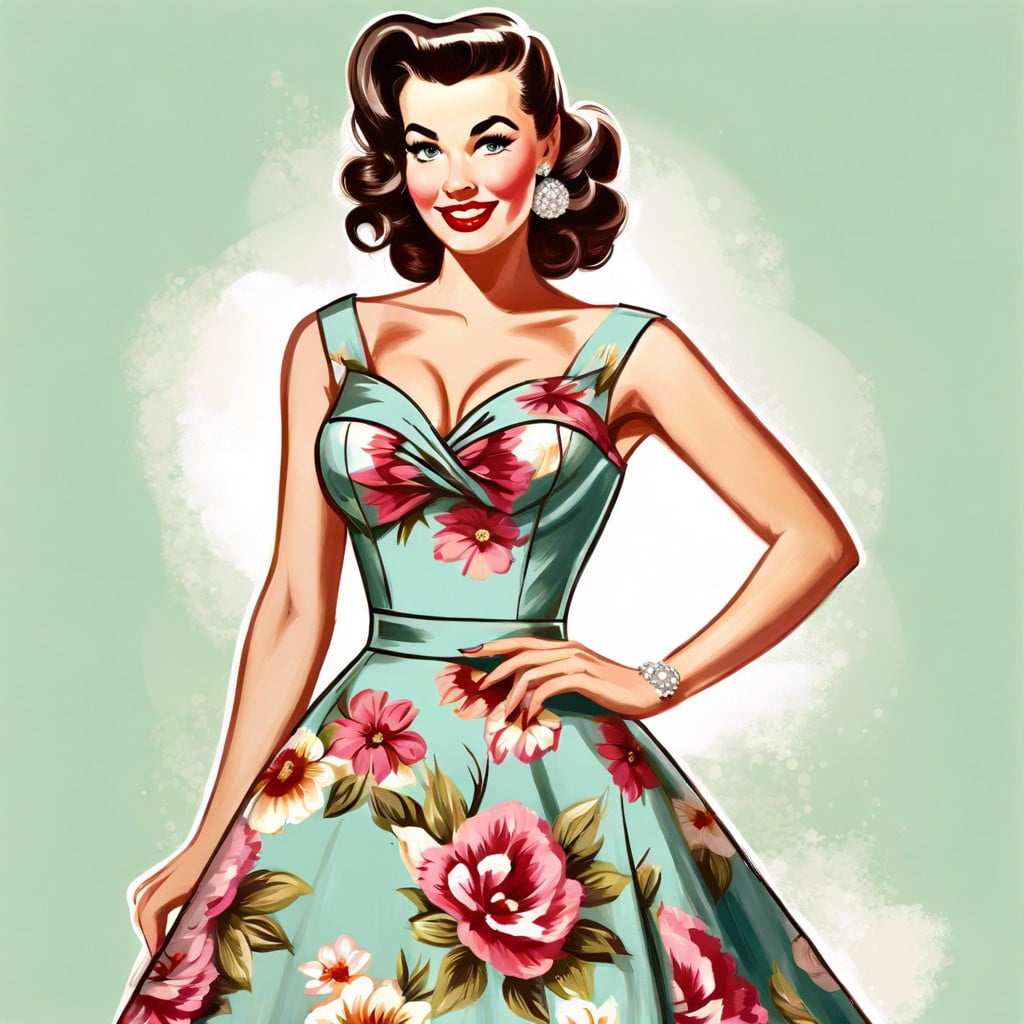
Each historical period has left its mark on fashion, influencing the fabric, cut, and embellishments of retro dresses. The Roaring Twenties, for instance, introduced flapper dresses characterized by loose fits and intricate beading, reflecting a shift towards freedom and rebellion in post-war society. Similarly, the 1950s saw a comeback of structured silhouettes with cinched waists and full skirts, mirroring the era’s emphasis on conformity and domesticity.
The 1960s broke fashion norms with the mini-dress, a symbol of the youth-led cultural revolution. This shift towards shorter hemlines represented a move toward more relaxed social mores and a rejection of the previous generation’s restrictions.
Understanding these influences helps in appreciating the depth of style available in retro clothing and provides a framework for incorporating these elements into contemporary wardrobes. This grasp of fashion history not only enriches wardrobe choices but also deepens appreciation for the socio-cultural contexts that these garments represent.
Iconic Retro Dress Styles By Decade
The 1920s introduced the flapper dress, marked by its dropped waist and sequin detailing, reflecting the decade’s spirit of liberation.
Transitioning to the 1950s, the fit-and-flare silhouette became synonymous with the era. Featuring a cinched waist and a full, billowy skirt, this style celebrated feminine curves and added a touch of glamour.
The 1960s were all about the mini dress. This bold, shortened hemline symbolized the youthful rebellion and growing social freedoms of the time.
By the 1970s, maxi dresses took center stage. Often adorned with vibrant patterns and flowing fabrics, they exemplified the laid-back, bohemian lifestyle that was popular among the youth.
Each decade’s distinctive styles offer a window into the cultural shifts and fashion evolution of the period, providing endless inspiration for today’s retro fashion enthusiasts.
Tips for Styling Retro Dresses for Modern Looks
Pairing retro dresses with contemporary accessories is a clever way to bridge the gap between old and new. Choose minimalist jewelry and sleek shoes to keep the ensemble looking fresh.
Embrace modern makeup and hairstyles instead of copying vintage looks completely. A bold lipstick or a contemporary hairdo can add a touch of today to a retro outfit.
Layering plays a crucial role in adapting retro outfits for current trends. Consider a modern blazer or a crop top over a retro dress to create an interesting contrast.
For footwear, think beyond traditional pumps. Sneakers or ankle boots can lend an unexpected twist to a vintage-style dress, making it more relatable to today’s fashion.
Lastly, focus on fit. Retro dresses often come in silhouettes that may not flatter all body types. Tailoring a dress to fit perfectly can make a significant difference and bring a vintage dress into the modern age effortlessly.
Where to Purchase Retro Dresses
Retro dresses are scattered throughout various shopping outlets. Thrift stores offer a treasure hunt experience, often housing hidden gems at bargain prices. Specialty boutiques, both online and physical, cater to enthusiasts of specific eras, providing a curated selection. For those who favor convenience, online marketplaces like Etsy and eBay feature an extensive array of options from vintage sellers worldwide. Always check the sizing and condition descriptions accurately to avoid surprises. Fashionistas looking for environmentally friendly options might consider swapping or borrowing retro styles from clothing rental websites. This approach keeps outfits fresh and reduces waste, cycling unique pieces through multiple wardrobes.
